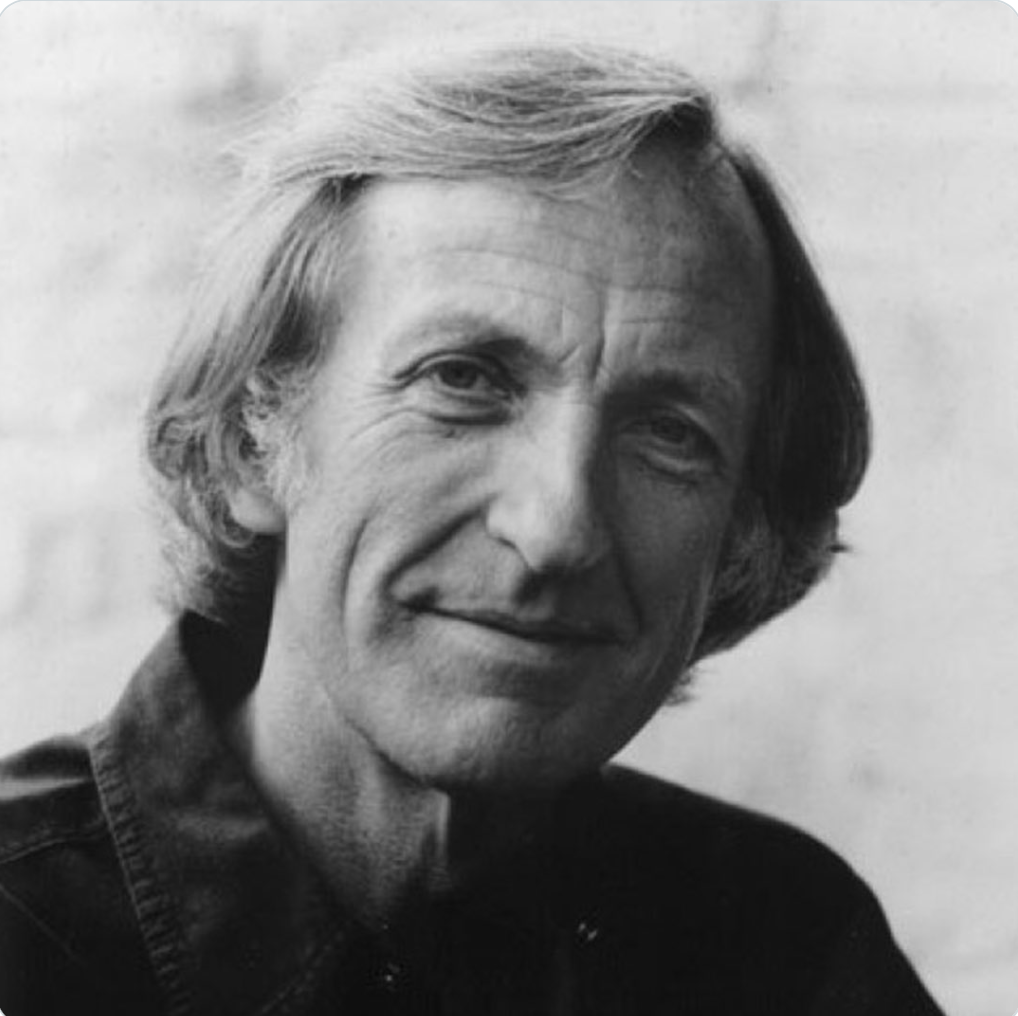In reporting Bill Clinton’s visit to Vietnam, the BBC’s diplomatic correspondent declared that what the Vietnamese needed was “more economic growth”. The question begged: why send a reporter all the way to Hanoi when the British ambassador would have happily propagated this line?
On the surface, the Clinton trip was little more than a stunt seeking international respectability for a disgraced presidency. What it concealed was America’s unfinished business of imposing its will on Vietnam and a largely unreported struggle within the country against the destructiveness of economic growth: the jargon for laissez-faire capitalism underpinned by rapacious foreign corporations. Clinton called this “the economic equivalent of a force of nature”.
That the Vietnamese leadership signed only two relatively minor multilateral agreements was indicative of the caution in Hanoi in embracing ‘the force of nature’. This is not to say the Communist Party leadership is itself opposed to a “market” system that has already enriched a small minority. Indeed, the policy known as Doi Moi, or ‘renovation’, was conceived as a means of breaking out of the embargo that was put in place by the US following its humiliating defeat in 1975. In classifying Vietnam a ‘Category Z’ country, Washington imposed sanctions more isolating than even those against Cuba. The World Bank was warned off and humanitarian aid was stopped or obstructed; the new British prime minister, Margaret Thatcher, persuaded the EU to halt shipments of milk to Vietnamese children. The American objective was to continue the war by other means.
In 1986, besieged by shortages and a war-devastated economy, the top three leaders in Hanoi resigned, handing over to those, notably Nguyen Van Linh, who saw ?the market? as the means of lifting the siege. Companies such as Nike were offered tax holidays and cheap labour in ‘economic processing zones’- vast sweatshops. In 1995, the then chancellor of the exchequer, Kenneth Clarke, visited Hanoi with a group of British businessmen who had been given a briefing document by the Department of Trade and Industry. “Labour rates are as low as $35 a month,” it said. “Take the long view, use Vietnam’s weaknesses selfishly. Vietnam’s open door invites you to take advantage of its low standard of living and low wages.”
The World Bank now offered loans conditional on the sacking of tens of thousands of workers from public enterprises and the scrapping of public services that were once the envy of other poor countries. Even during the long years of war, primary care where people lived and worked had raised life expectancy to among the highest in the developing world. More babies had survived birth and their first precarious years than in most Asian countries. Now, under the tutelage of the foreign donor community, the government was forced to abandon support for health services; diseases, such as malaria, dengue and cholera, returned. It was as if the Vietnamese were finally being granted membership of the international community as long as they created a society based on divisions of wealth and poverty and exploited labour, in which social achievements were no longer valued: the kind of foreign-imposed system they had sacrificed so much to escape. It seemed, wrote Gabriel Kolko in his classic work, Anatomy of a War, that the Vietnam war would finally end in “the defeat of all who fought in it – and one of the greatest tragedies of modern history”.
However, by 1994, the resistance was growing and alarming the government. Although unreported in the controlled press, strikes swept across Saigon and were widely supported. In 1997, Nike, which employs 35,000 mostly female workers, was hit by rolling strikes. The police did nothing, a clear sign of the authorities’ concern. In the countryside, the privatisation of land brought administrative chaos and popular anger. Government offices were sacked and officials forced to flee for their lives. One of the biggest single foreign investors in Vietnam, Daewoo, sent its chairman to express the company’s alarm. Nguyen Van Linh, the architect of Doi Moi, began to have second thoughts, and market reforms were curtailed, which helps to explain why Vietnam escaped the Asian economic collapse in 1998.
Had the BBC’s diplomatic correspondent read a little history, he might have said that what Vietnam needed was not economic growth, but justice. The catastrophe wreaked by the American invasion might have been eased had the United States honoured a 1973 agreement that Henry Kissinger, the then secretary of state, said would bring “peace with honour”. He was referring to a cornerstone of the ceasefire agreement, a promise by the then president, Richard Nixon, of $3.25bn in reparations. Not a cent was paid.
The Americans have spent millions of dollars on the highly politicised exercise of looking for bone fragments of downed American pilots. Not a cent has gone to remove 3.5 million landmines, or to compensate the victims of Agent Orange. This defoliant was an American weapon of mass destruction containing the carcinogenic dioxin. In 1970, a Senate report estimated that “the US had dumped [on southern Vietnam] a quantity of toxic chemical amounting to six pounds per head of population”. Had Clinton visited the giant Tu Du Hospital, he would have grimaced at the rows of malformed newborn babies. Along with many of their colleagues in the west, the doctors here are in no doubt that Dioxin is the cause. The truth is that Vietnam’s battles will not be over until the enduring debt they are owed by an invader is paid in full.


